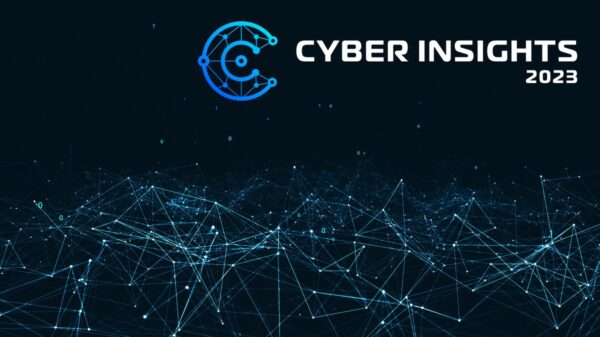A pair of unpatched vulnerabilities in QNAP small office/home office (SOHO) network attached storage (NAS) devices could allow attackers to execute code remotely, according to a warning from security researchers at SAM Seamless Network.
The bugs were found to affect QNAP TS-231 SOHO NAS devices running firmware version 4.3.6.1446, but potentially impact other QNAP devices as well, provided they use the same firmware release. The TS-231 NAS, QNAP says, has already reached end of life (EOL) and might not receive software updates.
In fact, no patch has been released for the vulnerable devices although one of the flaws was initially reported during the first half of October 2020, SAM reveals. The second bug was reported in late November 2020.
“These vulnerabilities are severe in nature as they allow for full takeover of devices from the network including access to the user’s stored data, without any prior knowledge,” according to an advisory from SAM.
The first bug resides in the NAS web server, which by default uses TCP port 8080 and exists because of the lack of proper input sanitization for some APIs.
With previous remote code execution (RCE) flaws in QNAP NAS devices abusing web pages that do not require authentication, but execute code server-side, SAM’s researchers started looking at cgi files (which are stored locally on the device) that implement such pages.
During their investigation, the researchers discovered that, by leveraging HTTP requests to different cgi pages, mostly those that do not require prior authentication, they could trigger remote code execution indirectly.
“The vendor can fix the vulnerability by adding input sanitization to some core processes and library APIs, but it has not been fixed as of this writing,” SAM notes.
The second vulnerability was identified in the DLNA server, which uses default TCP port 8200, and which handles UPNP requests on this port. The bug, SAM reveals, could be abused for the execution of code on a remote NAS as well.
The security researchers deem the two security holes as being of critical severity and have refrained from providing full details on them yet. According to them, the flaws potentially impact tens of thousands of QNAP devices that are exposed to the Internet.
Related: QNAP Urges Users to Protect Against Brute-Force Attacks
Related: QNAP Warns NAS Users of ‘dovecat’ Malware Attacks
Related: Hackers Target Three-Year Old Vuln in QNAP NAS Devices













